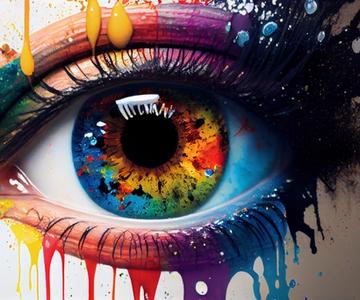B2B Marketing Has a Creativity Problem

By Yuliya Rostan, Yo Marketing Agency Creative Lead
Scroll through LinkedIn and you’ll see it. Blue logos. Safe headlines. Another “Ultimate Guide” with the same stock photo handshake.
We’ve optimized everything: audience segments, lead forms, and nurture flows. Everything but originality.
And that’s a problem. Because the most powerful growth lever in B2B right now is not automation. It’s creativity.
Creativity Is a Performance Driver, Not a Luxury
Research confirms this. Marketing Week’s Language of Effectiveness report found that a significant number of B2B marketers believe creative quality is one of the most influential drivers of marketing effectiveness .
Yet creativity is still underappreciated in business conversations. In a WARC article titled Move Over ROI, What the World Needs Now Is ROC, Toby Talbot of Ogilvy Network ANZ argues that return on creativity (ROC) should be treated with the same weight as ROI.
He points out that brands committed to creativity significantly outperform the market, with data showing a direct link between creative effectiveness and long-term business growth.
According to Talbot, ROC isn’t fluff. It’s a measurable, strategic asset that drives shareholder value and competitive advantage. And I agree.
So Why Is Most B2B Still Playing It Safe?
We’ve confused risk with recklessness, and fear is making our creative decisions.
We’ve optimized for efficiency at the expense of distinctiveness. B2B marketing is full of functional content that is informative yet forgettable. We worship metrics but neglect memorability. In today’s attention‑economy, sameness equals silence, and ultimately, silence kills relevance.
What we’re missing isn’t process. It’s guts.
Creativity Belongs at the Revenue Table
Creative strategy is not just for campaigns: it should inform brand positioning, product storytelling, and even go-to-market planning. It’s fair to say that the brands pulling ahead in 2025 are not just louder. They make bold creative choices that elevate brand perception, drive pricing power, and make lead gen more efficient.
Creative strategy should guide brand identity, storytelling, product launches, and demand generation. It is not decoration. It is differentiation. And in B2B, differentiation drives demand.














